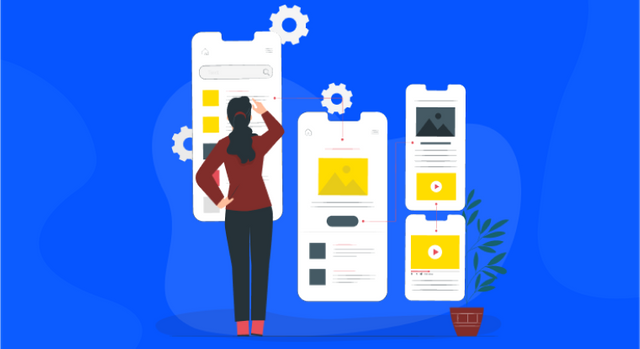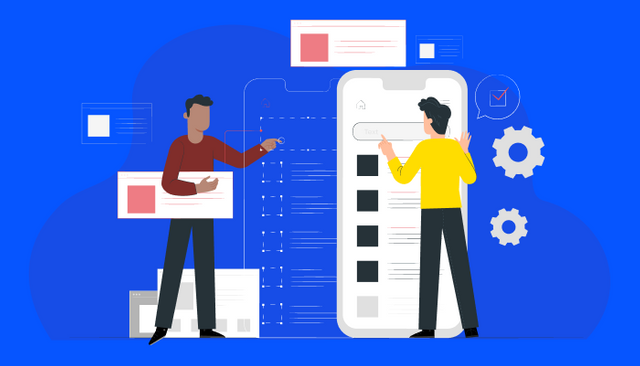In user interface design, the goal of constructing a prototype is to evaluate how responsive and fluid the product's flow is.

In design, a prototype is a sample of your design. It is thought of as the final product's simulation. As a designer, you must first manually or with the aid of a prototyping tool sketch out and construct a prototype of your product. Then, as a creative, you are required to develop a sample or duplicate of the product when you meet with a client.
How Can You Be a Pro at UI Design Prototyping?
- Use a Responsive Software
As I said, there's internet design software. As a designer, do your best. Use MockFrame.
MockFrame is project500apps' responsive design software. Designers who use this software agree it's easy to use. The software includes extensive design tools and functionality.
MockFrame has templates. Designers often run out of ideas. You obtain new jobs sometimes. Check the ready-made templates for those that fit the job. This application provides easy and advanced wireframe templates.
Always great UI mockups. MockFrame's tools are industry-standard. Your prototype can be created without coding.
Using a responsive wireframe tool like MockFrame for UI design prototypes has these benefits.
- Start low-fidelity Prototype
Design resembles building. Start from scratch. Start simply when designing UI prototypes. Low-fidelity prototypes are sketched.
To divide the screen, draw User flows and wireframe. Screen layouts and UI element dimensions and positioning must be drawn. You'll add basic navigation and highlight UI design.
- Interaction Design
This is high-fidelity design. Now you must add more features to your prototype. From a drawing to a responsive process.
Now enter data and text. Add microinteractions during high-fidelity design. Micro-interaction improves the product's usability.
- Typography
Use legible fonts to create a successful UI design prototype. Font style and size matter. After prototyping and testing, the typographic style will determine user experience and usability.
If the font size and typeface aren't legible or balanced, clients will reject the sample.

- Use of Images
Low-fidelity prototypes should use placeholder graphics. At this point, layout and navigation are more important than images. Use high-definition, high-resolution images for high-fidelity prototypes. You're getting closer to the final product with your prototype.
Why a Prototype?
User interface design prototypes assess the product's responsiveness and smoothness. If prototypes show unresponsive flow, you must start over.
UI design sometimes takes teamwork. You may not be able to articulate what you want them to add or develop. You'll develop a prototype as an example.
Every level of UI design can have prototypes. Standard UI design includes page prototypes. All mobile app UI pages would have a prototype, for example.
When you construct a UI prototype, you may test ideas and pre-launch the product within your team before improving the user experience (UX). Online wireframe tools abound. As a wireframe designer, you must make sure the one you choose helps you realise your idea.
Conclusion
Use the greatest software available if you want to succeed at UI Design Prototypes. With the help of prototyping tools like MockFrame, you'll be encouraged to look at things from different perspectives.
As a first step, you can try out MockFrame for your UI Prototype Design.